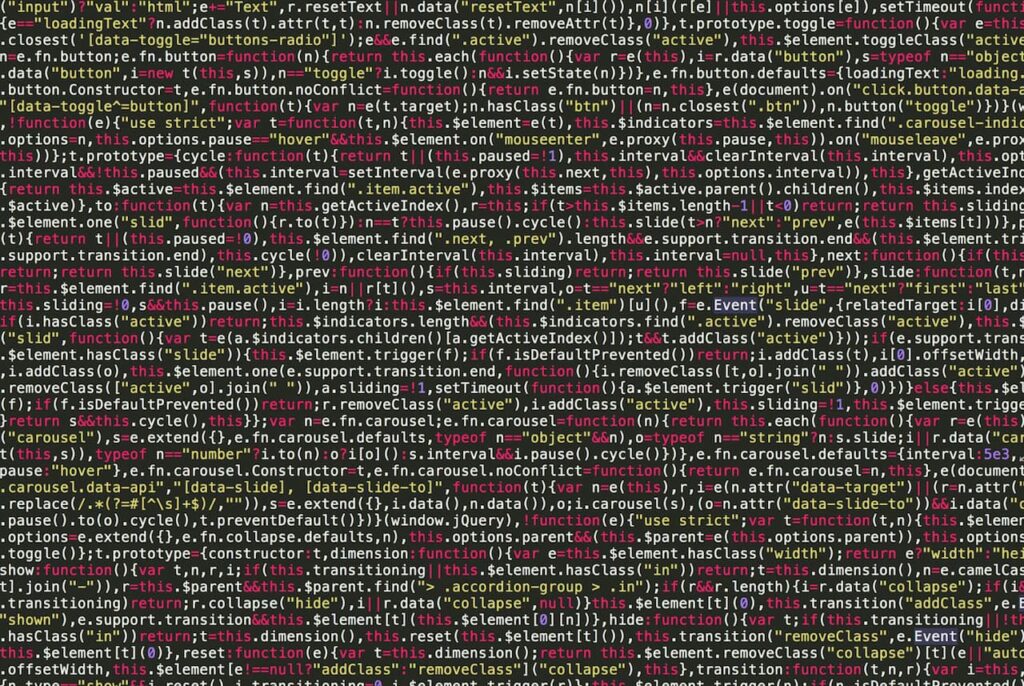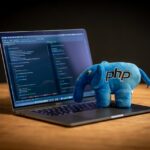Writing a dissertation is a challenging process that involves extensive research, analysis, and presentation of findings. For students working with complex data or computational models, programming languages can be a powerful tool to enhance their academic work. By integrating programming into your dissertation, you can automate tasks, analyze data efficiently, and create visually appealing outputs that strengthen your arguments. If you’re feeling overwhelmed or need support with your dissertation, resources like https://scriptienakijkservice.nl/scriptie-laten-schrijven/ offer valuable guidance to help you stay on track.
1. The Role of Programming in Dissertation Writing
Programming is no longer confined to technical fields—it’s becoming increasingly relevant in various disciplines, including social sciences, humanities, and natural sciences. Here’s how programming languages can play a vital role in dissertation writing:
- Data Analysis and Automation: Programming languages like Python, R, and MATLAB allow you to analyze large datasets, perform statistical tests, and automate repetitive tasks. This saves time and ensures accuracy in your results.
- Creating Visualizations: Tools like Matplotlib, ggplot2, and Tableau enable you to generate professional-quality charts and graphs that help communicate your findings effectively. Visual elements can make your dissertation more engaging and easier to understand.
- Text Analysis and Content Generation: In fields like linguistics or digital humanities, programming languages can analyze large bodies of text, uncover patterns, and generate insights that would be difficult to identify manually.
- Interactive Content: Using tools like Jupyter Notebook or R Markdown, you can create dynamic, interactive content that combines code, text, and outputs. This is especially useful for dissertations involving computational models or simulations.
2. Choosing the Right Programming Language for Your Dissertation
The choice of programming language depends on your field of study and the specific requirements of your dissertation. Here’s a breakdown of popular programming languages and their use cases:
- Python: Python is a versatile and beginner-friendly language that is widely used in data analysis, machine learning, and visualization. It’s ideal for handling large datasets, running statistical tests, and creating plots.
- R: Designed for statistical computing, R is particularly popular in the fields of social sciences, biology, and public health. Its libraries, such as ggplot2 and dplyr, make data manipulation and visualization simple and efficient.
- MATLAB: Commonly used in engineering and applied sciences, MATLAB excels in numerical analysis, simulations, and algorithm development. It’s ideal for students working on mathematical models or simulations.
- JavaScript: For students interested in creating interactive content or web-based visualizations, JavaScript (along with libraries like D3.js) is a powerful choice. It’s especially useful for creating dynamic, interactive charts and dashboards.
- SQL: For dissertations that involve working with large databases, SQL is essential for managing and querying structured data efficiently.
3. Applying Programming to Dissertation Tasks

Once you’ve chosen your programming language, the next step is applying it to different aspects of your dissertation.
- Data Cleaning and Preparation: Before analyzing data, it’s often necessary to clean and organize it. Use programming languages to automate this process, ensuring your dataset is free of errors and ready for analysis.
- Statistical Analysis: Programming tools can perform a wide range of statistical tests, from simple t-tests to complex regression models. This not only saves time but also ensures precision in your results.
- Generating Visual Outputs: Use libraries like Matplotlib, Seaborn (Python), or ggplot2 (R) to create charts, heatmaps, and other visualizations that make your data more accessible to readers.
- Creating Appendices or Reports: Generate appendices, tables, or supplementary materials directly from your code. This is especially helpful for large-scale projects where manual creation of such documents would be time-consuming.
4. Presenting Your Findings with Integrated Programming
Programming doesn’t just aid in analysis—it can also enhance the way you present your findings. Here’s how to integrate programming outputs into your dissertation presentation:
- Embedding Code and Outputs: Tools like Jupyter Notebook or R Markdown allow you to embed live code alongside its outputs in a readable format. This is particularly useful for showing step-by-step methodologies in your dissertation.
- Interactive Visuals: Create interactive dashboards or graphs using tools like Plotly or Tableau. These can be used for digital submissions or presentations, providing an engaging way to explore your data.
- Annotated Visuals: Annotate graphs and charts to highlight key points, making it easier for readers to follow your arguments.
- Automated Bibliographies and References: Use programming tools like BibTeX to automate the management of references and citations, ensuring consistency and saving time during the writing process.
5. Tips for Using Programming in Academic Writing
Successfully integrating programming into your dissertation requires careful planning and execution. Here are some tips to help you:
- Start Early: Begin learning the programming language early in your dissertation process to avoid last-minute stress. Practice using the tools and libraries relevant to your research.
- Document Your Work: Keep detailed documentation of your code, including comments and explanations. This will help you stay organized and make it easier to include code snippets in your dissertation.
- Test Your Code: Always validate your code to ensure accuracy and reproducibility. Errors in your analysis can undermine the credibility of your research.
- Seek Guidance: If you’re new to programming, don’t hesitate to seek help from professors, peers, or online tutorials. Many universities also offer workshops on programming for research.
Conclusion
Integrating programming into your academic writing can transform the way you approach your dissertation. By leveraging the power of programming languages, you can analyze data efficiently, create compelling visuals, and present your findings in a professional and engaging way. Whether you’re working with complex datasets or developing computational models, programming is a valuable skill that enhances both the quality and impact of your research. Start exploring how programming can elevate your dissertation today.



